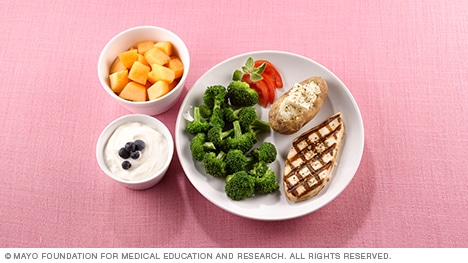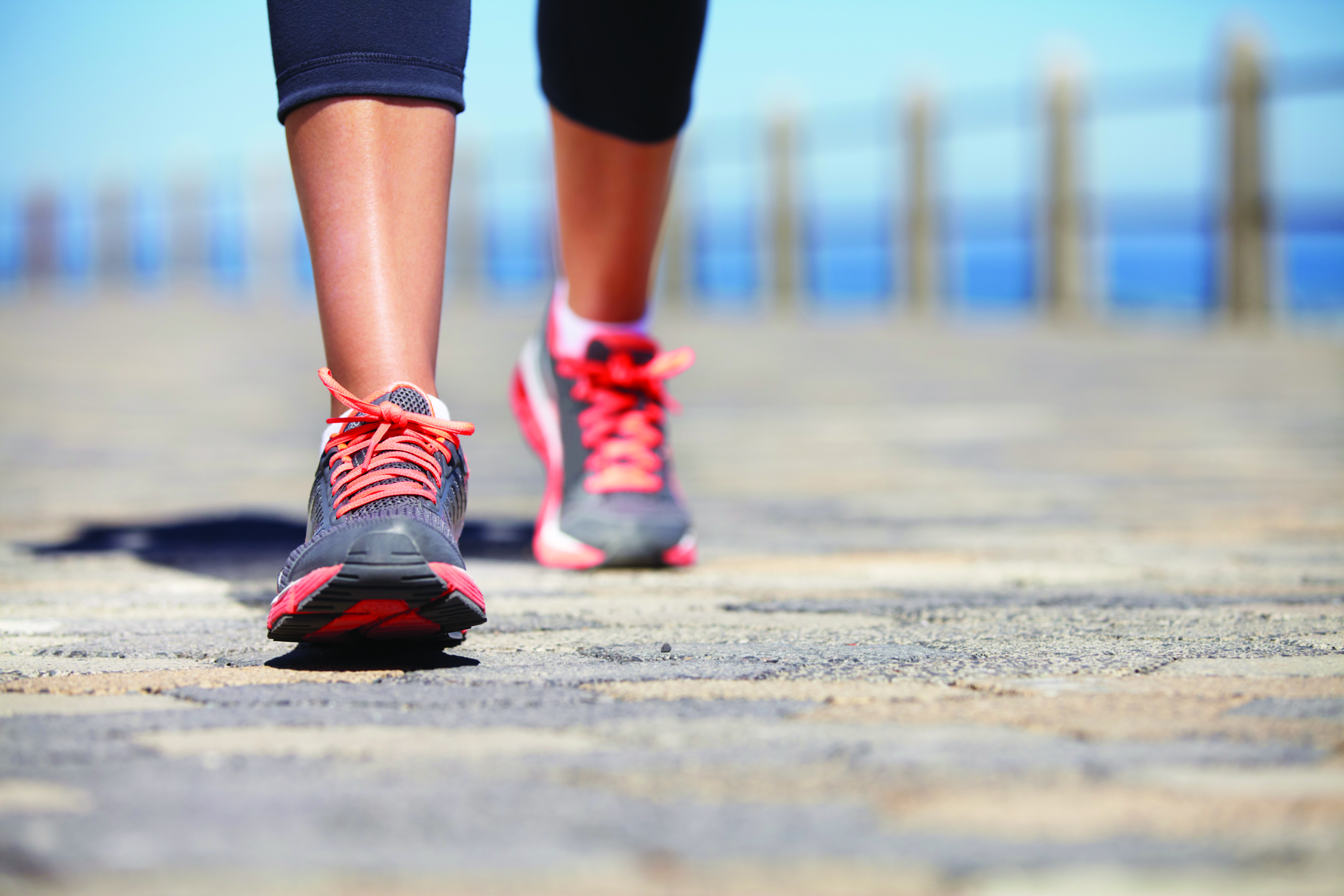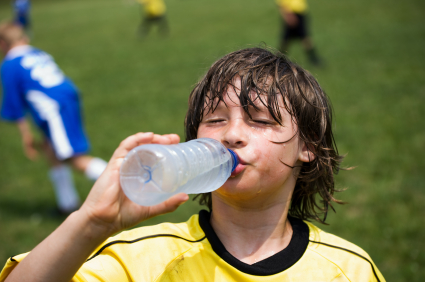Organic food to have longer ‘life’
The technology is called superchilling, and it lies somewhere between freezing the fish and cooling it down. Now it is about to provide useful help to organic food producers.
This method of conserving food was developed in order to maintain fresh food quality over a long period of time, thus reducing the amount of food that ends up in the bin rather than in our stomachs.
Now it is going to be tested on ecological salmon and meat, and the hope is that it will make a difference to the shopping habits of ‘purpose-driven food consumers’.
The underlying thinking is that people who buy ecological food are more concerned about the environment and thus are more aware of emissions and resource utilisation than those who buy ‘ordinary’ raw materials,” says project manager Michael Bantle of SINTEF.
In fact, the technology is not widely used by ‘conventional’ food producers, because supermarket chains tend to prioritise the cheapest and simplest methods of chilling.
Joint research effort for small companies
SINTEF is going to test the method on Norwegian ecological raw materials among other products, as part of the European Union project SUS-Organic, which is aimed at helping smaller companies that produce organic food.
“These small companies don’t have the resources to develop and demonstrate the potential of superchilling, so that superchilled food can start to be accepted by consumers. This makes it a rather idealistic project,” says the SINTEF scientist.
For organic companies, it is particularly important that their products can be given a longer shelf life without the need for chemicals. This method will enable them to even out seasonal variations and supply their customers all the year round, since many of them do not produce continuously and therefore need to warehouse more stock, and for longer.
Tonnes of food go to waste
In Norway, hundreds of tonnes of food a year are thrown out every year, a figure that includes organic foods. The situation is the same
all over Europe, and this has inspired the European Union to look for solutions to the problem. If we can prolong the time during which food is regarded as perfectly fresh, this will help to reduce the food waste ‘mountain’.
“The initiative is very positive,” says Michael Bantle. “We already know that superchilling is an efficient method, and if we can demonstrate that if it can increase the shelf-life of organic produced foods as well as it does for conventional foodstuffs, we believe that there will be a market for superchilled products.
“We hope and believe that consumers who buy organic foods are more concerned about conserving resources than the average consumer. If we can manage our food better, we can also produce less even as we supply more markets. Today, every single Norwegian throws out an average of a kilo of food a week.”
Can be profitable – for shops too
The scientist also believes that the method can be profitable for food stores as well. They can advertise superchilled organic food as a mark of quality and demonstrate that they are showing social responsibility for a better environment and a reduction in wasted food.
“Is there anything to suggest that superchilling would not be suitable for organic salmon, for example? “
“No, but we know that among other things, organic salmon contain a higher proportion of marine lipids, which protect the body from cardiovascular disease, among other illnesses. They have also been fed less antibiotics and medicines. This may have some influence on how they respond to superchilling,” says Bantle.
“What we are hoping is that there will not be any difference. If that turns out to be the case, we can be fairly certain that superchilling will be adopted. In the long run, this could lead to more producers wishing to employ this technology, so that it can also be used to a greater extent on foodstuffs that have been conventionally produced. Longer shelf-life simply offers environmental benefits irrespective of whether or not the food is organic.
“The supermarket chains ought to have invested more in cold-stores that are capable of keeping both fish and meat superchilled at quite stable temperatures. Unfortunately, this is not being done today because these chains prioritise the simplest and cheapest solutions. However, I hope that this method will contribute to the adoption of the technology,” says Bantle.
Superchilling is also climate-friendly
Bantle has a number of explanations for why superchilling has not yet been adopted by food retailers: unfortunately, their customers’ habit of throwing out food has certain advantages for them; it increases demand, and sales increase.
The EU’s regulations regarding what can be classified as fresh or frozen also need to be revised. Today, superchilled food is regarded as frozen rather than fresh, even if it is of identical quality to fresh food. This ought to be changed, believes the SINTEF scientist.
Another reason is that transport is simply too cheap today, which means that producers can pay to freight large quantities of ice:
Today, fresh salmon are transported in boxes that contain about 30 per cent ice. They are then sent southwards to Europe, and by air to countries such as Japan. This ice could be eliminated by superchilling the salmon, because in this state, the ice is inside the fish itself. The weight reduction reduces fuel consumption, which in turn means lower CO2 emissions.
Facts about superchilling:
Superchilling involves cooling the salmon to about -2.5 degrees Celsius, i.e. to just below the temperature at which it begins to freeze. At -2.5 degrees below zero, the fish is not completely frozen. It thus retains its quality of freshness, and will not be perceived or experienced as a thawed frozen foodstuff.
• Fish keep their fresh quality for longer – as much as a month.
• This means lower CO2 emissions.
• Less food is discarded because the shelf life can be as long as 30 days.
• One challenge concerns how to put an exact sell-by date on superchilled food, because this will depend on the ability of the ice to keep the temperature constant.
Source
Follow these topics: Nutrition: Food: Organic


























